New to Thai food? Learn how to eat Thai food like the locals—from bold flavors to drinks and sweets, whether you’re in Thailand or at home.
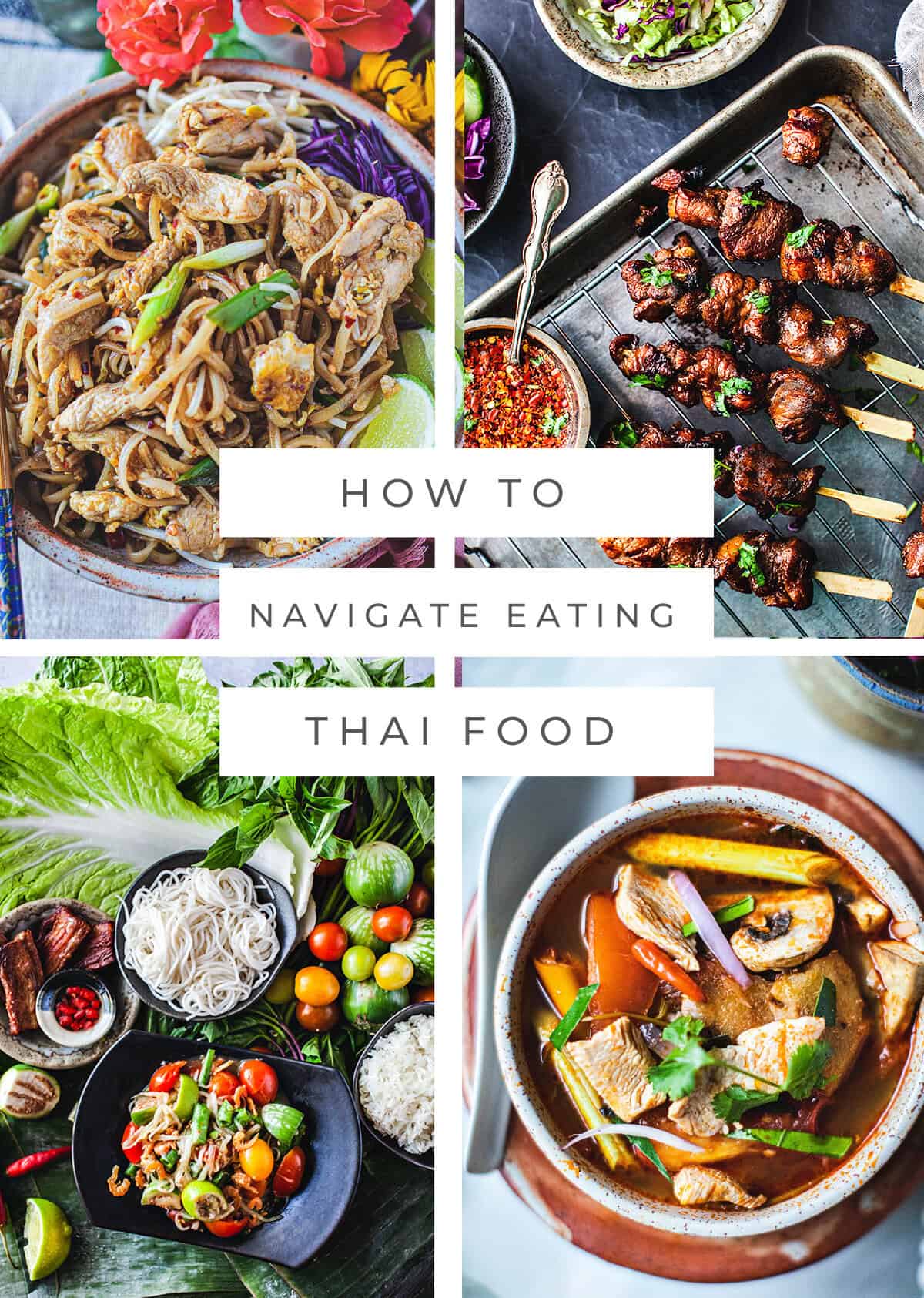
Jump to:
Start Simple and Flavorful
If you’re new to Thai food, start with familiar staples that are both comforting and deeply flavorful: These are beginner-friendly dishes you’ll find at most Thai restaurants or street food stalls, and they’ll give you a great entry point into Thai cuisine recipes.
- Thai Green Curry – A creamy coconut-based curry made with green chilies, Thai basil, and your choice of meat or tofu. Fragrant, spicy, and slightly sweet.
- Thai Fried Rice (Khao Pad) – A go-to dish made with jasmine rice, egg, and your choice of protein. Mild and satisfying.
- Thai Basil Chicken (Pad Kra Pao) – Spicy, savory, and aromatic. Ask for “pet nit noi” (a little spicy) if you’re sensitive to heat.
Understanding Thai Menus
Thai menus are often organized by protein or preparation. Here are a few helpful categories to look for:
- Gaeng (Curry) – Red, green, or yellow, these are rich and spicy with coconut milk bases.
- Pad (Stir-Fry) – Quick, hot dishes like Pad Thai or Pad See Ew.
- Tom (Soup) – Tom Yum (hot and sour) and Tom Kha (coconut milk soup) are popular.
- Yum (Salad) – Spicy, tangy salads like Som Tum (green papaya salad).
- Khao (Rice) – Any dish served over or with rice.
When in doubt, ask what the dish is like or what it comes with—most Thai food vendors and restaurant staff are used to helping curious visitors.
Street Food Tips
Exploring Thai street food is a must. Just keep these tips in mind:
- Go where it’s busy—locals know the good spots.
- Ask for “pet nit noi” ( a little spicy) to keep the spice manageable.
- Carry small bills (20s and 50s baht) for quicker service.
- Don’t skip the grilled meats, fresh herbs, or skewers—they’re often the best bites of the night.

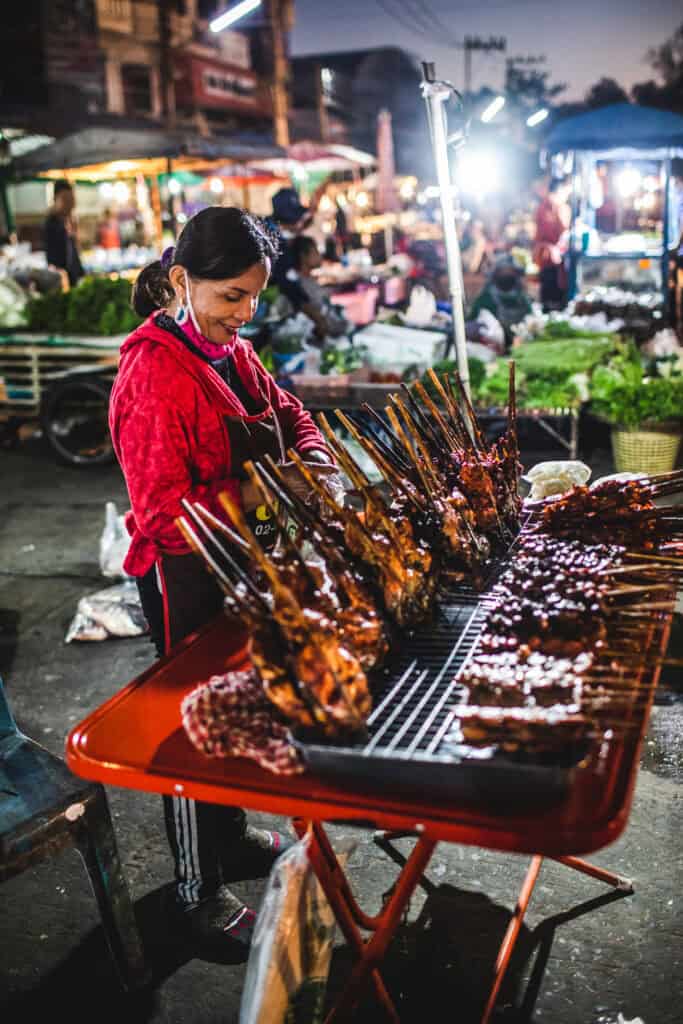
Worried About Eating Thai Street Food?
If you have a sensitive stomach, I highly recommend starting with hot street food—meaning dishes that are freshly grilled, boiled, stir-fried, or steamed. Heat kills bacteria and keeps things safer, especially in humid climates. Skip anything that’s been sitting out too long or looks cold and uncovered. Fresh, hot, and made-to-order is the way to go.
Thai People and Dessert: A Sweet Ending with Cultural Roots
Dessert in Thailand isn’t just an afterthought—it’s a part of daily life and celebration. From tropical fruit with sticky rice to shaved ice topped with sweet syrups, Thai desserts are often light, refreshing, and not overly sweet. Coconut milk, pandan, and palm sugar show up again and again, giving these dishes their signature flavor.
Want to explore more? → Read about Thai desserts and sweets
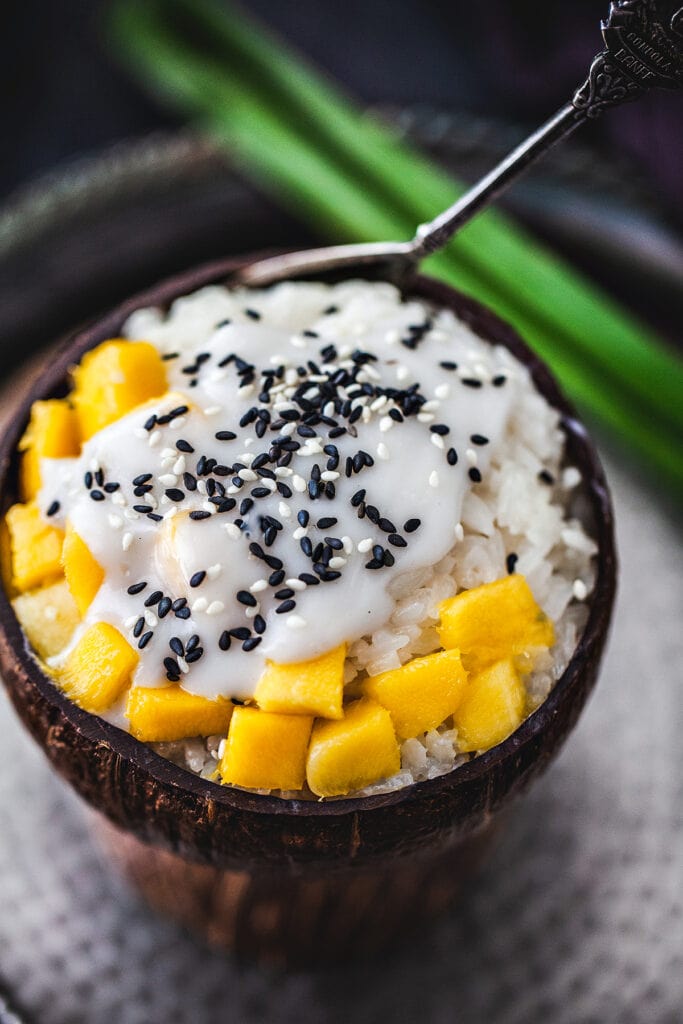
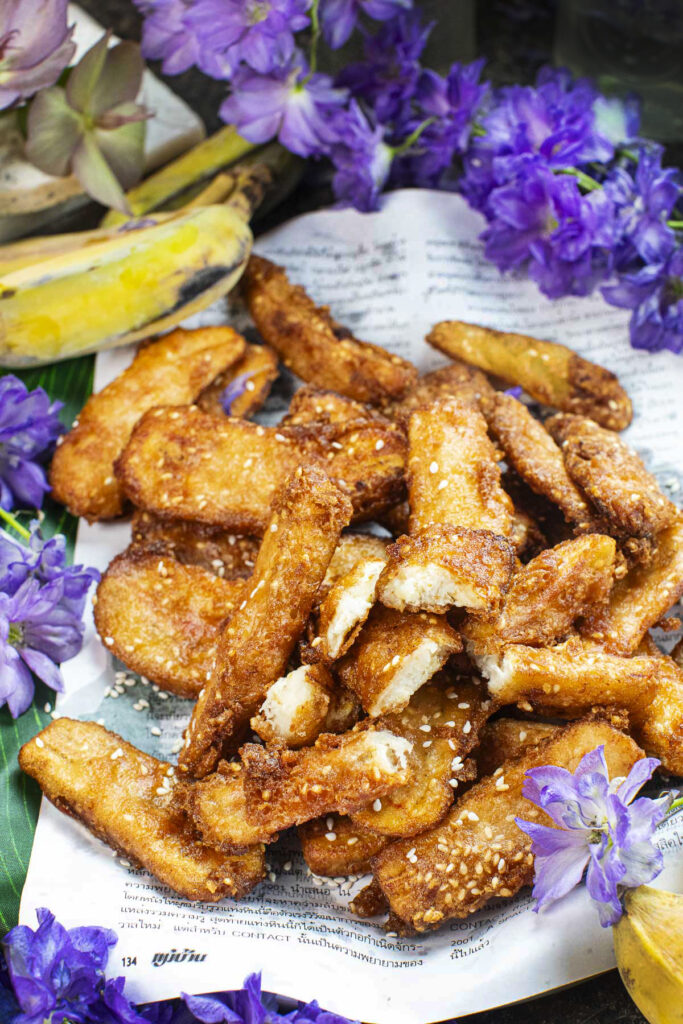
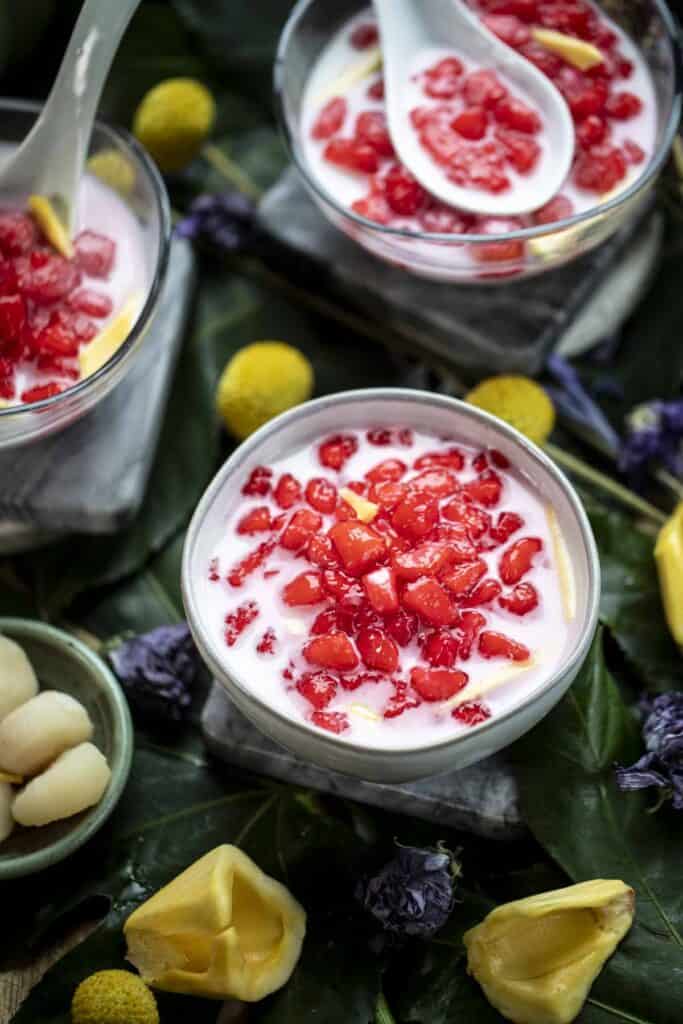
Thai Drinks: Cooling, Colorful, and Full of Flavor
In hot, humid Thailand, drinks go beyond hydration—they cool, refresh, and often complement spicy Thai food. You’ll find everything from sweet Thai iced tea to salty lime sodas and colorful butterfly pea flower drinks.
Looking for something to pair with your meal? → Check out my collection of Thai drinks here.
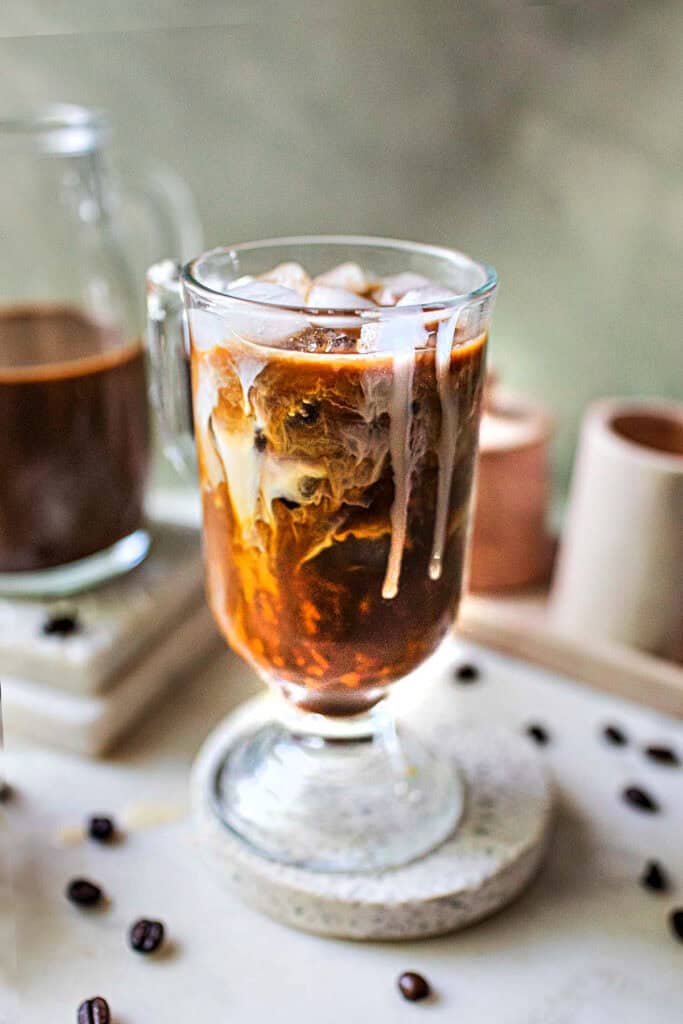
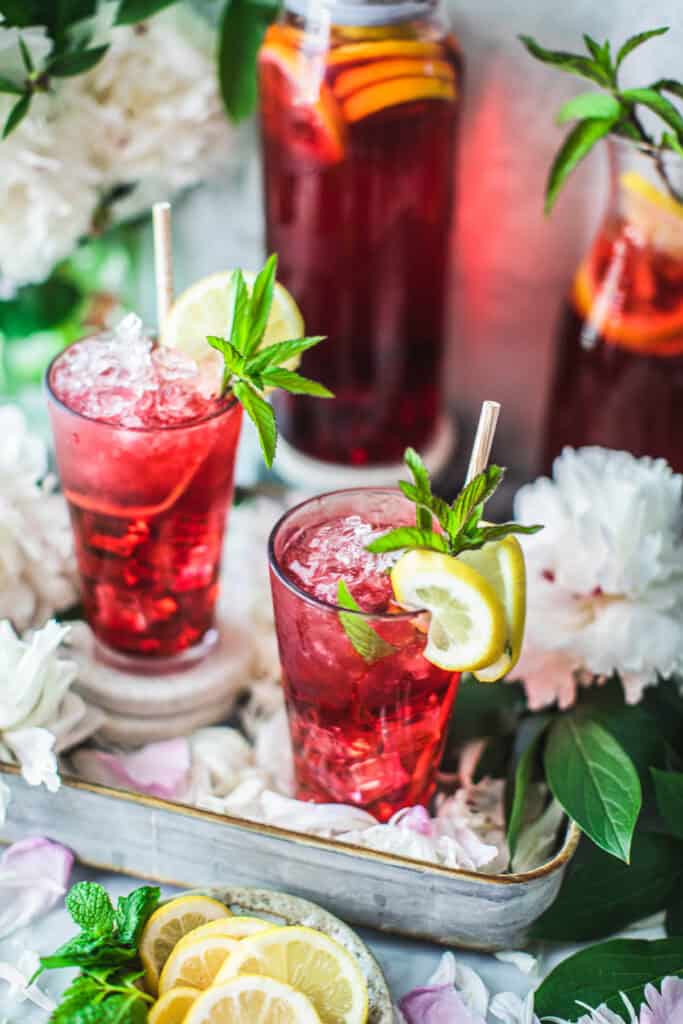
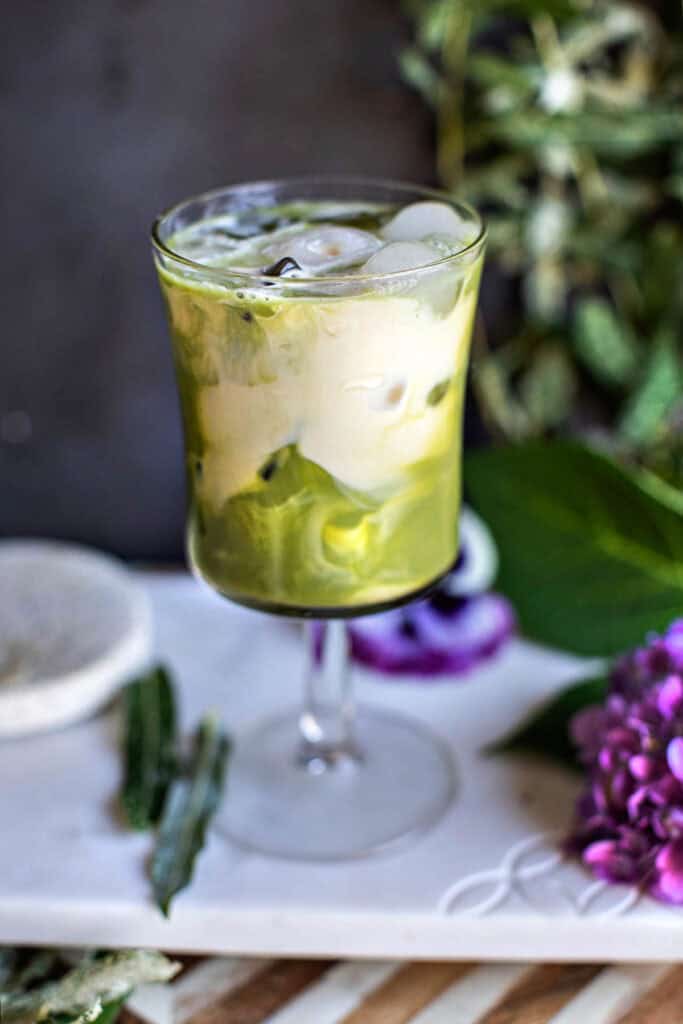
Alcohol in Thai Culture: What to Know Before You Toast
Drinking in Thailand is social, casual, and often part of shared meals or street food gatherings. Beer (like Chang or Singha) is common, often poured over ice. Thai whiskey (actually a rum) is popular in rural areas. It’s not always about the alcohol—it’s about the togetherness.
Travel Tip!
It’s polite to pour for others before yourself, and clinking glasses is common.


Curious About What Locals Sip with Grilled Meats or Spicy Salads?
Thai beer is the go-to drink for casual meals, especially when you’re eating something spicy or grilled. Popular local brands include Chang, Singha, and Leo, but you’ll also find Archa, Cheers, and regional craft brews popping up in Thailand’s bigger cities. These crisp, light lagers are perfect for balancing heat and salt—especially when served over ice, Thai-style.
What About Cocktails in Thai Culture?
Cocktails aren’t traditionally part of Thai food culture. You’ll mostly find them in upscale bars, hotels, or big cities like Bangkok or Chiang Mai—often influenced by Western trends. They were introduced by foreigners and typically use imported or local hard liquors like Thai rum or whisky (like Mekhong or Sangsom).
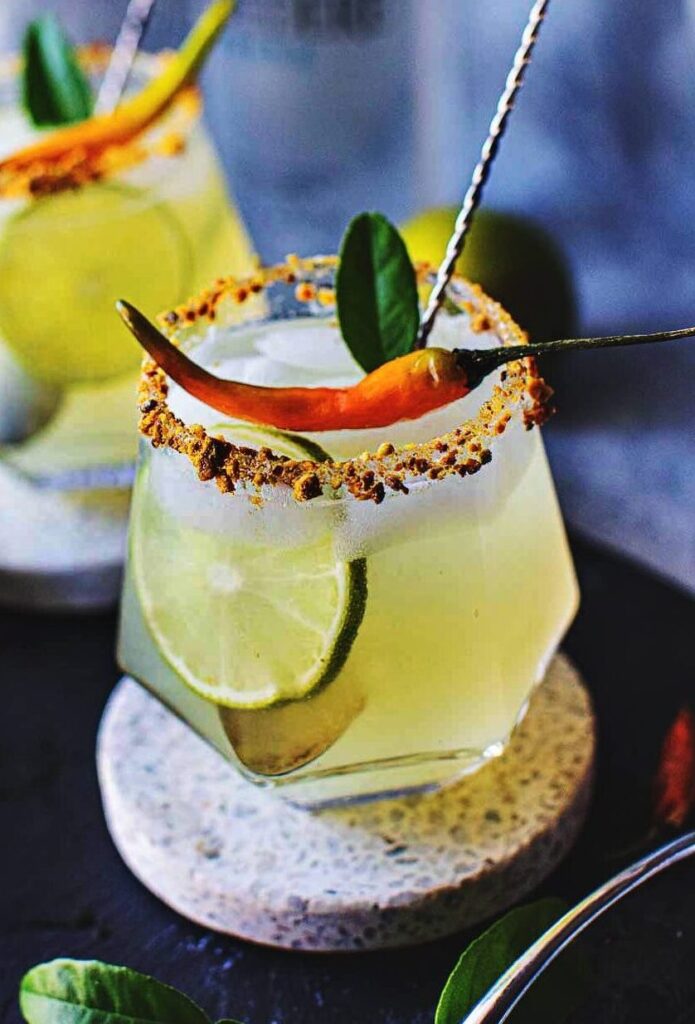
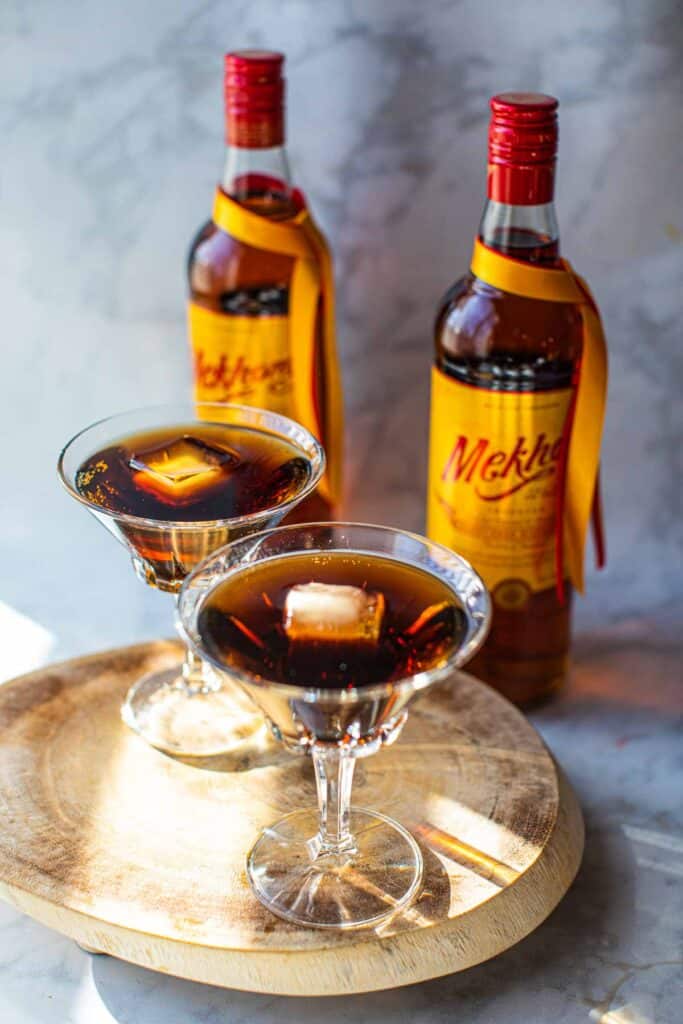
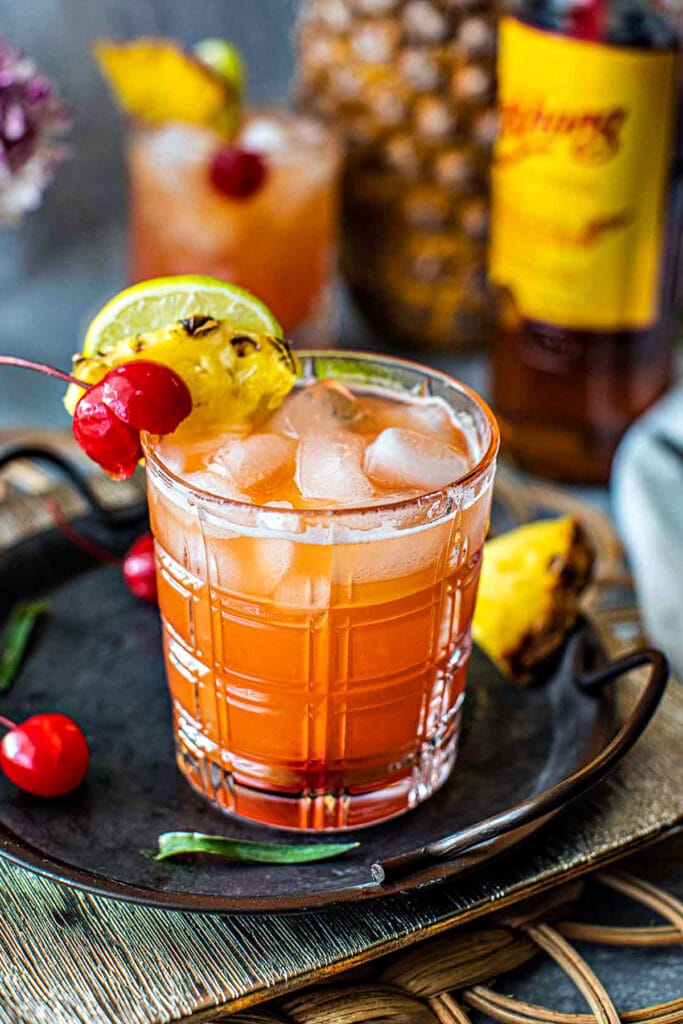
While not common in rural areas or street food scenes, Thai-inspired cocktails with herbs like lemongrass, Thai basil, or chilies are becoming more popular with modern Thai chefs and mixologists. They’re a fun way to play with Thai flavors, but not something you’ll find in a traditional village kitchen.
Check out Thai Cocktails by Suwanee—my collection of Thai-inspired drinks made with local liquors and bold, unexpected flavor combos.
Dining Etiquette in Thailand
- Don’t use chopsticks for rice dishes. Use a fork and spoon—spoon in the dominant hand.
- Don’t put the fork in your mouth. It’s used to push food onto the spoon.
- Eat family-style. Thai meals are meant to be shared. Order several dishes and taste a little of everything.
- Leave a little food on your plate. It’s polite, and a way to show you were served enough.
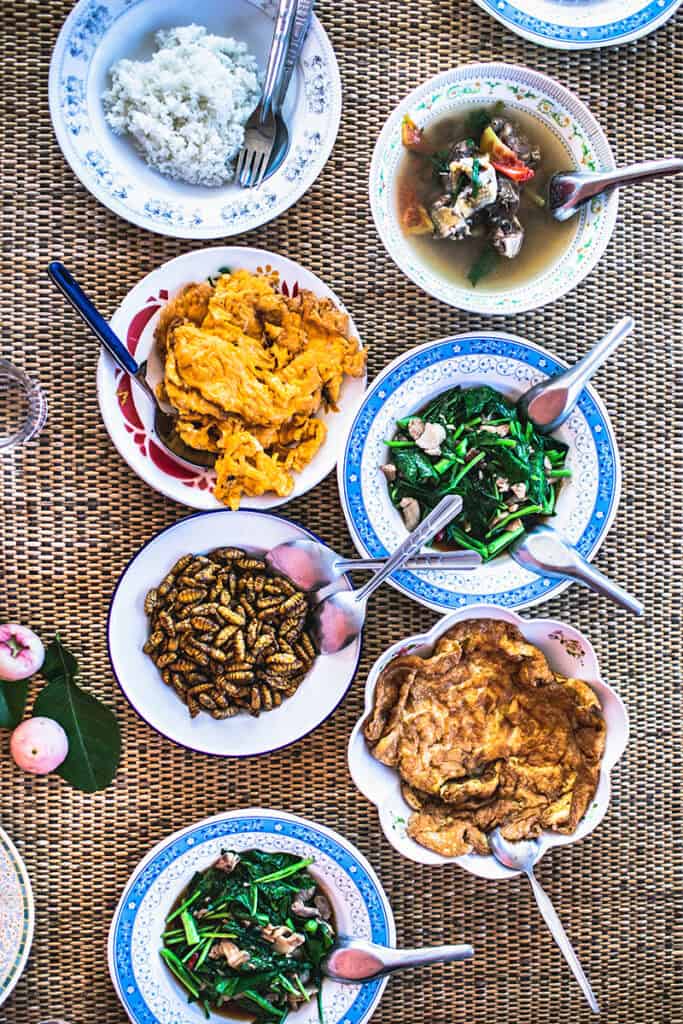
Common Pitfalls to Avoid
- Ordering just one dish. Thai meals are balanced through variety. Mix a curry with a stir-fry, and don’t forget something crunchy or herbaceous.
- Skipping the herbs. Fresh herbs like Thai basil and cilantro are essential to authentic flavor.
- Assuming all Thai food is spicy. Not true! Plenty of dishes are rich, sweet, savory, or even mild.
How to Order Like a Local
- Want less heat? Say: “Mai pet” (not spicy) or “pet nit noi” (a little spicy).
- Want authentic flavor? Don’t skip the fish sauce, lime juice, or chili.
- Want to try something new? Ask: “Arai aroy?” (What’s delicious?)
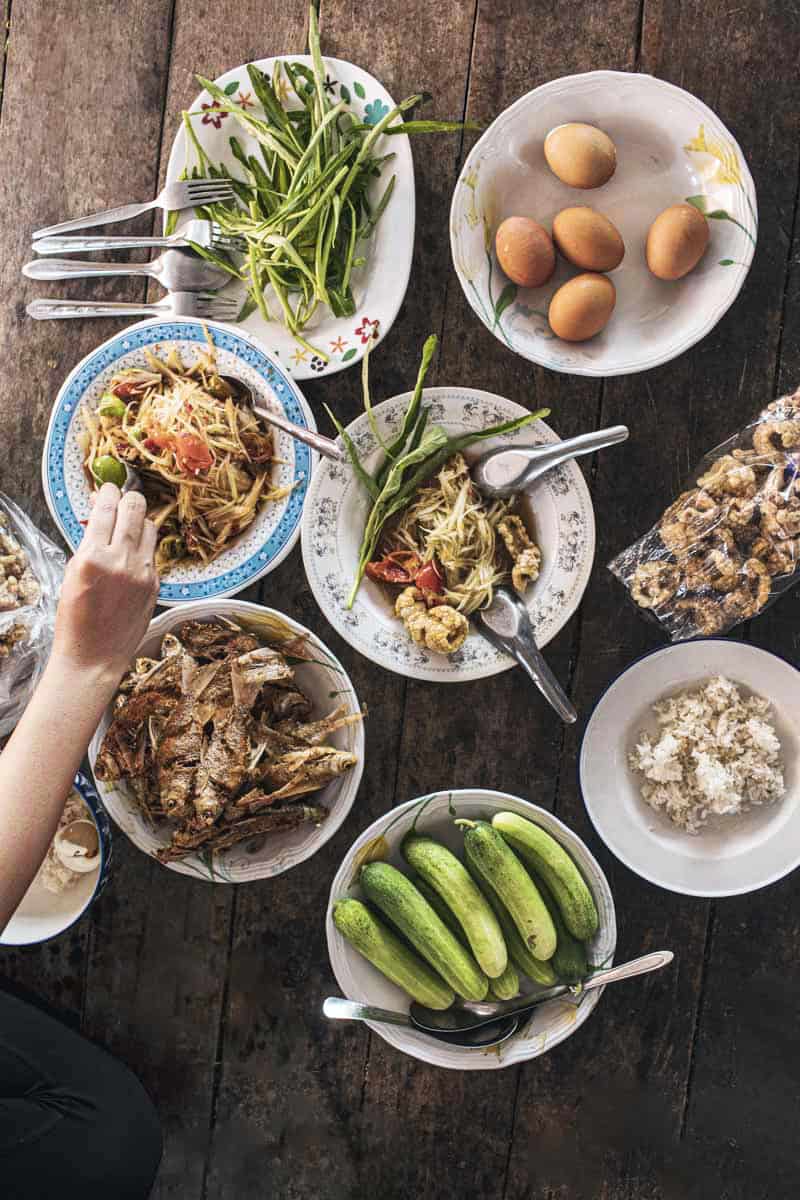
Best Thai Dishes to Try While Traveling in Thailand
If you’re lucky enough to visit Thailand, these are must-try traditional Thai recipes:
Final Tip: Eat with Curiosity
The best way to experience Thai food is with an open mind and an eager palate. Thai cuisine is layered, colorful, deeply regional, and meant to be enjoyed slowly, bite by bite.
So whether you’re navigating a night market in Chiang Mai or ordering takeout from a new local spot, let flavor guide you—and don’t be afraid to ask questions, taste something new, or go back for seconds.
Learn The Flavors
Want to dive deeper into Thai food and flavor? Grab my free 5-part email series on how to balance Thai flavors at home.
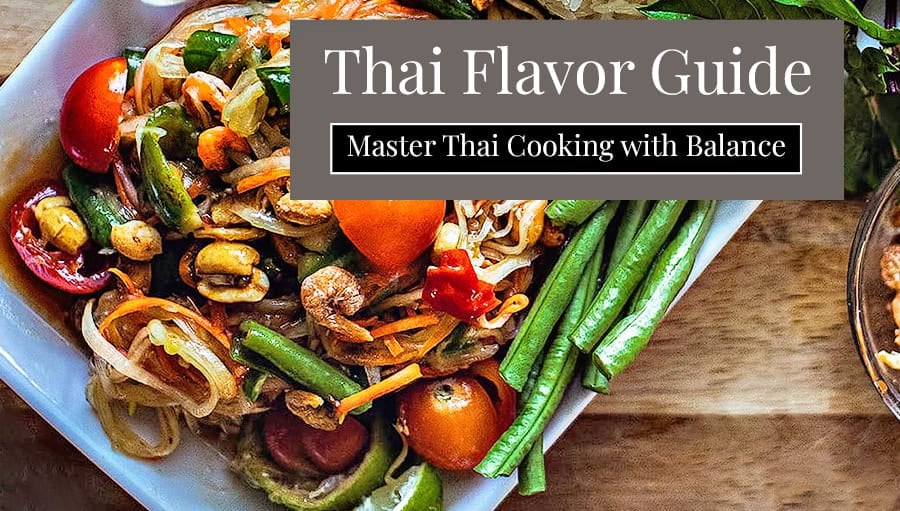
FAQ
Yes—for sticky rice and grilled meats, especially in northern or Isaan-style meals.
Use a spoon and fork (not chopsticks for rice), share dishes, and avoid wasting food.
Look for words like pad (stir-fry), tom (soup), gaeng (curry), and khao (rice).
Start with Pad Thai, Thai Fried Rice, or Basil Chicken—easy and packed with flavor.
Thai Kitchen Resources
Looking for other helpful blog posts like this? Click on these articles below to learn more.

